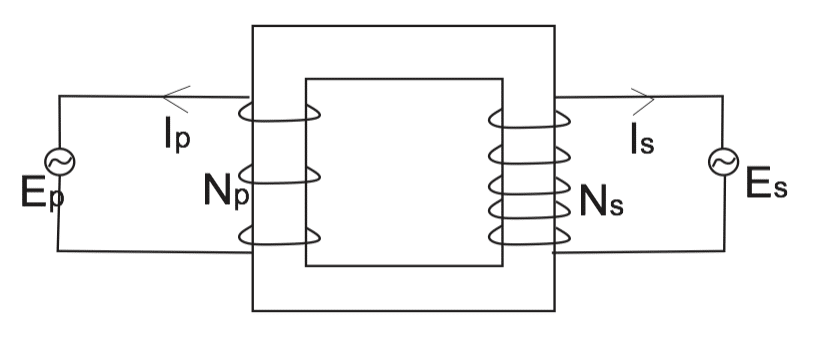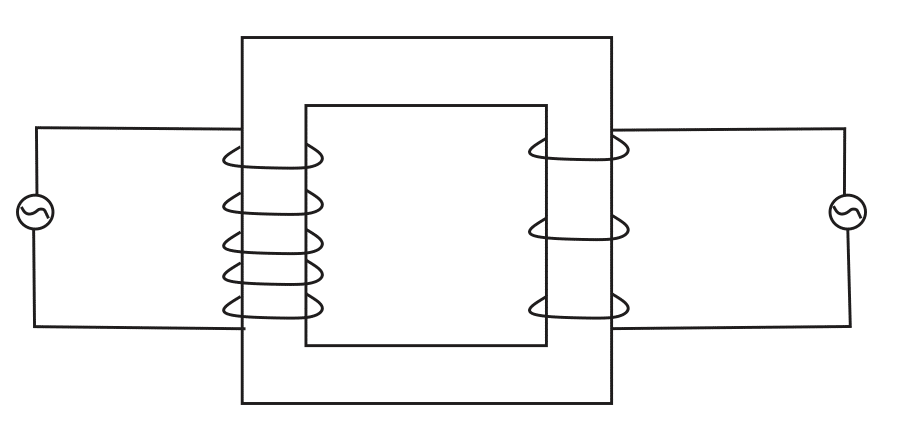Lesson Progress
0% Complete
When the number of turns in the primary coil is less than the number of turns in the secondary coil, it is called a step up transformer i.e.Ns > Np , the secondary voltage is more than the primary voltage

Step Down
The number of turns in the secondary coil is less than the number of turns in the transformer. \( \frac{N_s}{N_p} \)The secondary voltage is less than the primary voltage (Vp )




Responses